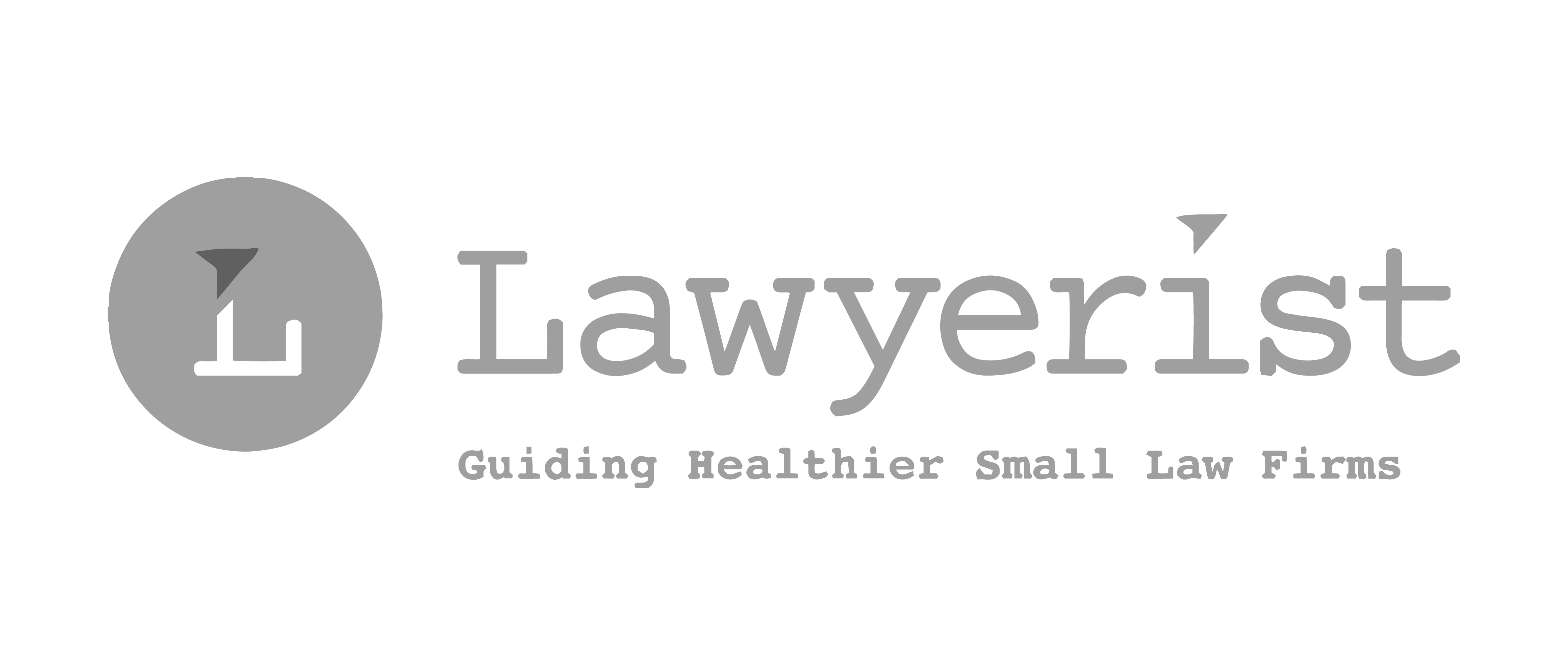Essential Strategies for Transparent Legal Time Tracking and Client Communication
We’ve all looked at a bill askew sometimes, whether from a restaurant or a utility company. Maybe confusion flashes through you, or maybe annoyance or distrust. Whatever the feeling, it’s not a positive experience.
The same can happen from time to time when a client looks at a legal bill—and this post is here to help you avoid that with:
- Strategies to present time-tracking details and bills to clients (with tech-driven solutions)
- How to effectively communicate billing matters to clients
6 strategies to present time-tracking details in a client-friendly manner
Time-tracking—it’s not just for figuring out how many hours to bill for. It’s key to ensuring your clients understand the work you’re doing for them and why. In short, you need it to maintain a positive client relationship.
Here are six strategies to keep your time-tracking client-centered.
1. Create a time-tracking policy (and use it)
You should have a written time-tracking policy that clearly explains how to track time, including law firm expectations, compliance requirements, and more.
Your policy should include:
- How software should be used
- How billing rates and codes are applied
- How to create time entries with the correct level of detail
- How billable and non-billable hours are differentiated
When your law firm has a time-tracking policy that everyone follows, it creates a consistent level of transparency for your clients.
2. Use a time tracker to capture all your billable hours
There are lots of reasons why time tracking is vital to your law firm: accurate billing, resource allocation, compliance with ethics guidelines, and increased revenue.
But these (excellent) reasons aren’t the only reasons to time track. Time tracking helps increase transparency and improve communication with clients.
When you thoroughly track your time, they get a clearer picture of the work you’re doing on their behalf. It helps you more effectively demonstrate the value of your services so they feel confident that you’re laboring in their best interests.
You can further improve upon your time tracking when you…
3. Use consistent task labels
As attorneys start a task, they shouldn’t just write a vague, “Call” as the description. More detail helps clients have the confidence that they’re getting value for their money and understand what they’re paying for.
After all, for many clients, hiring a lawyer is a significant expense. If attorneys use the same time entry labels for tasks, it will be clearer to clients. These labels could look like:
- Client intake call with ___
- Motion writing for ___ case
- Lead follow-up with ____
- Trial preparation for ___
- Research to uncover ___
- Witness interview for ___ case
4. When in doubt, add more details
While many clients may not need more than “Client Intake Call” in a description of a line item, there may be some who, you will discover, will ask questions.
For clients concerned about the details, it can help to provide a more detailed line item description such as “Phone call with Miguel to learn client goals for Q3.”
5. Reduce the risk of error
We never want errors to seep into a client bill. But we can’t waste time checking and re-checking, either.
Using smart technology tools is the key to accuracy. For example, implement a tool like an automated time tracker. Automated time trackers follow you as you work in different apps and reduce the need to backtrack to add entries or label them. This helps improve the accuracy of your time tracking without additional effort.
6. Create an invoice that’s easy to understand
Do your invoices make your time tracking easy to understand? If not, that’s a problem. After all, your invoices are the first place your clients are going to see how you’ve been spending your billable hours.
Don’t put all this effort into time tracking just to have it fall apart on your invoice. Make sure that your invoices include key time tracking information like:
- Completed services
- Billable rates for services
- Total fees charged
- Related taxes
- What to do if there is a dispute about the charges
Of course, your invoice should also include standard information like:
- Client information
- Law firm contact information
- Link to payment terms and conditions
- Forms of payment accepted
- Link to online payment
How to communicate time-tracking effectively with clients
It’s not what you say, it’s how you say it—and how often you say it—that matters most. There are some great strategies to communicate your time tracking with greater transparency.
Set clear expectations
Establish clear communication protocols with clients to outline when and how updates will be provided. This could include regularly scheduled meetings and check-ins to build confidence and address any small issues before they grow.
Bonus: Solicit client feedback. Be willing to hear from clients to understand their preferences for updates and communicative style and be open to adjusting in order to best suit their needs.
For example, if clients indicate that your task labels are confusing, consider making adjustments for greater clarity.
Using client collaboration tools to provide updates
When possible, provide real-time or near real-time updates on project progress. Consider using your project management software to create a regular report for clients so you can give them visibility into ongoing tasks and their status.
You can also leverage client portals to send updates to clients, making it easy for them to stay engaged with their matters.
Review and reflect
Periodically review the effectiveness of your time-tracking strategies. Luckily, time trackers can be integrated with law practice management software, where you can review collections reports.
These reports help you ensure that your team is invoicing accurately—that every billable minute is accounted for, and that clients are being charged fairly. If there are any issues, the report will inform you early so you can make changes before the issue becomes too big.
Achieve client clarity with Rocket Matter
As a small law firm, every single touchpoint with clients matters to your bottom line, and that includes invoicing and billing. The more you can get it right without thinking about it—with advanced time-tracking, software that has client transparency built in, and the tech to help you communicate consistently—the less likely a client will raise any issues with a bill, which is the sweet spot.
To guarantee that you get all your billing right, as you develop a more trackable practice that you can analyze and always improve, start your free trial of Rocket Matter today.
Related Resources

How to Increase Your Profits with Rocket Matter
Lawyers in firms of all sizes struggle to finish the work for the day in a reasonable amount of time. With document creation, non-billable tasks, and time spent following up with current and potential clients, the workday quickly turns from a planned eight-hour day into a twelve-hour one.

How to Master Your Law Firm’s Time and Billing
Lawyers have a heavy workload. With so many clients and their various needs, it’s easy to put tedious administrative tasks like time tracking and billing on the back burner.

6 Billing Strategies to Grow Your Law Firm
Scaling your law firm doesn’t just mean adding more lawyers or increasing your number of clients. The best way to boost your law firm’s finances is to minimize your non-billable hours and make sure that every hour of your day is accounted for.
Share post:









